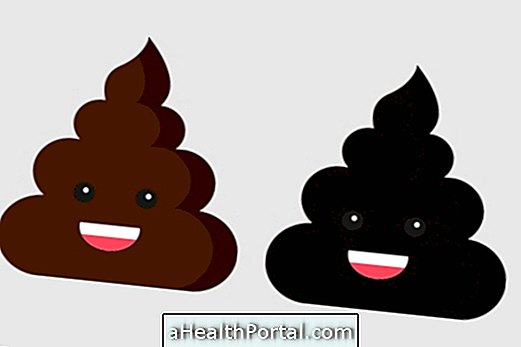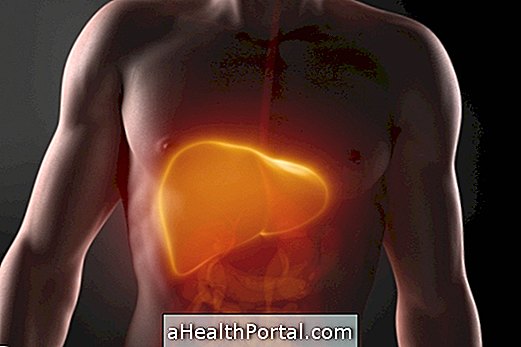Dark stools are usually related to the presence of digested blood and can therefore be an important sign of bleeding in the early part of the digestive system, caused by ulcers or esophageal varices, for example.
However, black or dark stools may also occur in other, less common conditions such as iron-rich foods, ingestion of supplements, or use of certain medicines.
Thus, whenever stools remain dark for more than 2 days it is important to consult a gastroenterologist for stool examinations or a colonoscopy, for example, to identify the cause and initiate appropriate treatment.
Learn about other frequent stool changes in: Stool color.

Main causes of dark stools
The most common causes of dark stools include:
1. Intake of iron-rich foods
Making a diet rich in foods such as beans, red meat or beets increases the levels of iron in the body, causing the intestine to not absorb all the iron available in food, being eliminated in the stool and causing a dark color.
However, dark stools that appear due to excessive intake usually do not smell foul, like stools that are darkened due to the presence of blood, for example.
- What to do: Excessive intake of iron-rich foods should be avoided and the stools should return to a lighter color. See which foods to avoid in: Foods rich in iron.
2. Use of supplements and remedies
The use of some supplements, especially iron and lead, as well as the use of some medicines, such as anti-coagulants or anti-inflammatories, may lead to browning of the stool about 1 to 2 days after starting treatment.
- What to do: If stool color changes occur shortly after starting treatment with a medicine or supplement, it is recommended that you consult your doctor who has prescribed it to change the medicine, for example.
3. Problems in the digestive system
Dark stools may also be a sign of blood, and so they are called melena, which present as black, foul-smelling stools.
In this case, bleeding is usually caused by the presence of stomach ulcers or esophageal varices, for example, but it can also be a sign of more serious problems such as cancer in the stomach or intestine.
- What to do: To confirm the presence of blood in the dark stools, a good technique is to put hydrogen peroxide in the toilet, and if there is foam it is a sign of the presence of blood. In these cases, a gastroenterologist should be consulted for tests, such as colonoscopy and endoscopy, to diagnose the problem and initiate appropriate treatment.
What Leaves the Baby's Dark Stools

Dark stools in the baby are normal when they occur soon after delivery, being called meconium. Meconium is a dark green substance produced by the fetus during gestation, which is expelled in the first hours of life. By the sixth day of life may be normal brownish stools rather dark brown.
However, over a few weeks and months, feces will change color and texture, especially after the introduction of new foods, such as porridge, fruits, vegetables, meats and eggs, for example.
In some cases, in infants, a small amount of blood may appear in the stools, making it darker, but usually not serious, as they are caused by colds or allergy to milk. However, if this occurs, it is important to inform the pediatrician so that the cause can be identified and the treatment initiated.
Learn more at: Why Baby's Stools May Become Dark.























